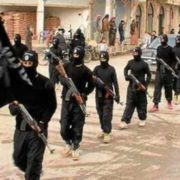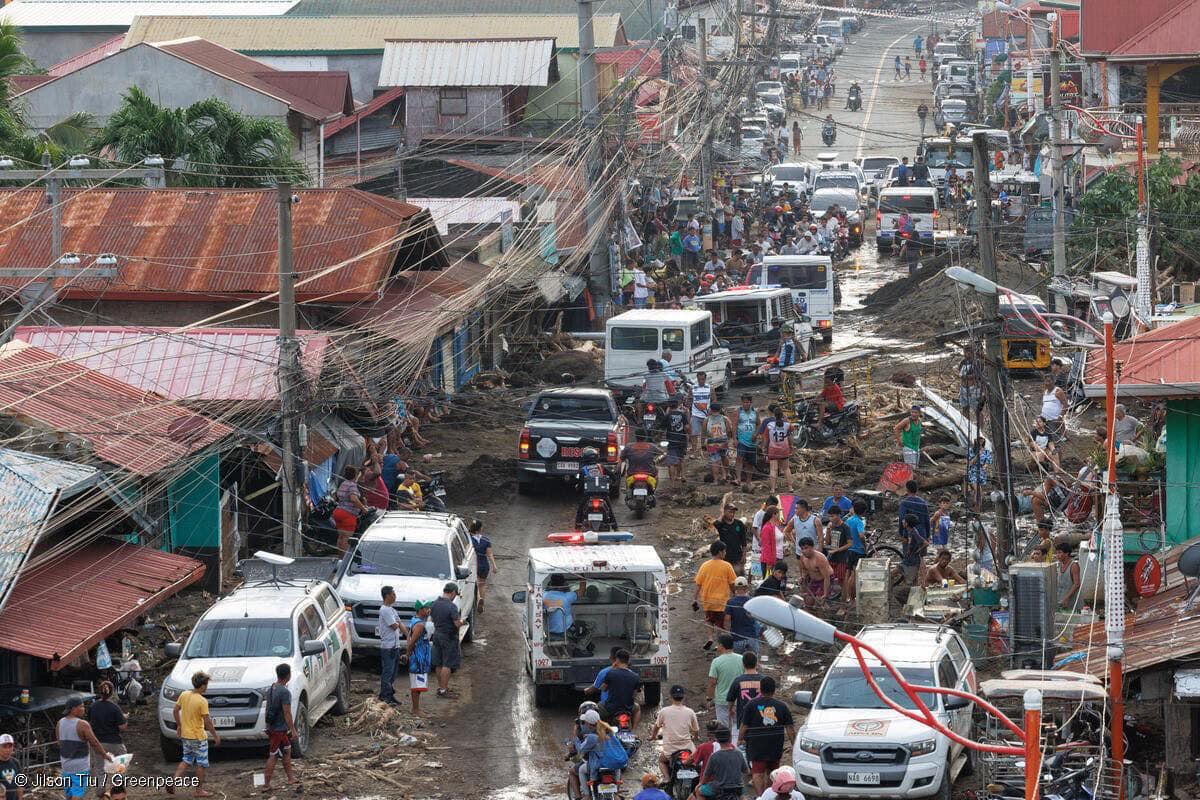
Islamic State (IS) fighters have reportedly fled Syria to return to Mindanao in efforts to establish a territory in Southeast Asia, according to The Washington Times on Sunday, September 30.
The Center for Strategic and International Studies (CSIS) in Washington released a report stating that more IS-affiliated fighters came from Southeast Asia, specifically from armed groups in the Autonomous Region in Muslim Mindanao (ARMM) than in Afghanistan and Iraq.
As a result, the United States Department of State has ranked the Philippines among the five countries with the most terrorist attacks alongside Afghanistan, India, Iraq and Pakistan. The said countries were the sites of 60 percent of the terrorist attacks in 2017.
The U.S. State Department’s top counter-terrorism coordinator Ambassador Nathan Sales warned the public on the danger of the said terrorist group as they were proved to be “resilient, determined and adaptable” according to the same report from the Times.
“They have adjusted to heightened counterterrorism pressure in Iraq, Syria, Somalia and elsewhere,” Sales said.
The counterterrorism expert added that the foreign terrorist fighters were “returning home” to join the IS branches there.
In the same report, CSIS Asia analyst Greg Poling pointed out that the plan to return resulted from their failure to establish a homeland in the Middle East.
“As we execute victories on the ground in Iraq and Syria, [IS] is going to disperse to other areas around the globe, including Southeast Asia,” Poling said.
The analyst also noted that the Mindanao region is vulnerable since it is still considered an ungoverned territory.
“The southern Philippines is still an ungoverned region,” Poling added.
The threat started in May 2017 when members of the Maute gang of extortionists and a faction of the Abu Sayyaf bandit group attacked Marawi, Lanao del Sur and held it for five months.
Despite the death of Maute and Abu Sayyaf leaders in the aftermath of the Marawi siege, establishing an IS caliphate or province in Southeast Asia with the southern Philippines as the de facto capital remained a key goal among the jihadi group’s affiliates.
“Affiliates will try to hold territory, they will try to establish a new caliphate,” the Asia analyst said in the report.
He noted that holding a territory is required in order to be an IS affiliate. Poling compared it to what they did in Marawi wherein they hold the city captive for five months.
Following the incident in Marawi, President Rodrigo Duterte placed the entire Mindanao under martial law to curb the impending terrorist uprising. Lawmakers extended the military rule until the end of 2018.
The said Washington Times report followed the arrest of three suspected members of an IS-linked terrorist group in Barangay Palian Tupi, South Cotabato early on Monday.
Socksargen police director Chief Superintendent Eliseo Tam Rasco claimed that two IS flags, M-16 rifles, ammunition, explosives and bomb-making paraphernalia were found in the Bulacons house along with Akmad Bulacon and his sons Muktar and Zandro. His two other sons — Mohammad and Arafat — escaped during the raid.
The black IS flags, according to Rasco, indicated that they were members of Ansar al-Khilafa Philippines.
Armed Forces of the Philippines (AFP) chief of staff General Carlito Galvez Jr. warned the public that despite the danger the group poses, IS tends to claim false responsibility to heighten fear and terror.
“They are claiming everything. They are doing it to heighten the support and to show that they are still there,” Galvez warned.
According to the Washington Times, the Pentagon reportedly funneled $16 million in fiscal 2017 for a new counterterrorism mission in the southern Philippines. Around 200 to 300 U.S. troops will be serving in advisory roles in the Philippines.
“We are more committed to preventing, and not just rolling back the threat,” Poling said.
The analyst also stated in the report that the Philippine military is “far more capable, far better equipped” than any of the armed groups in the southern Philippines.






